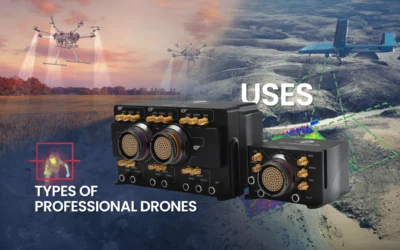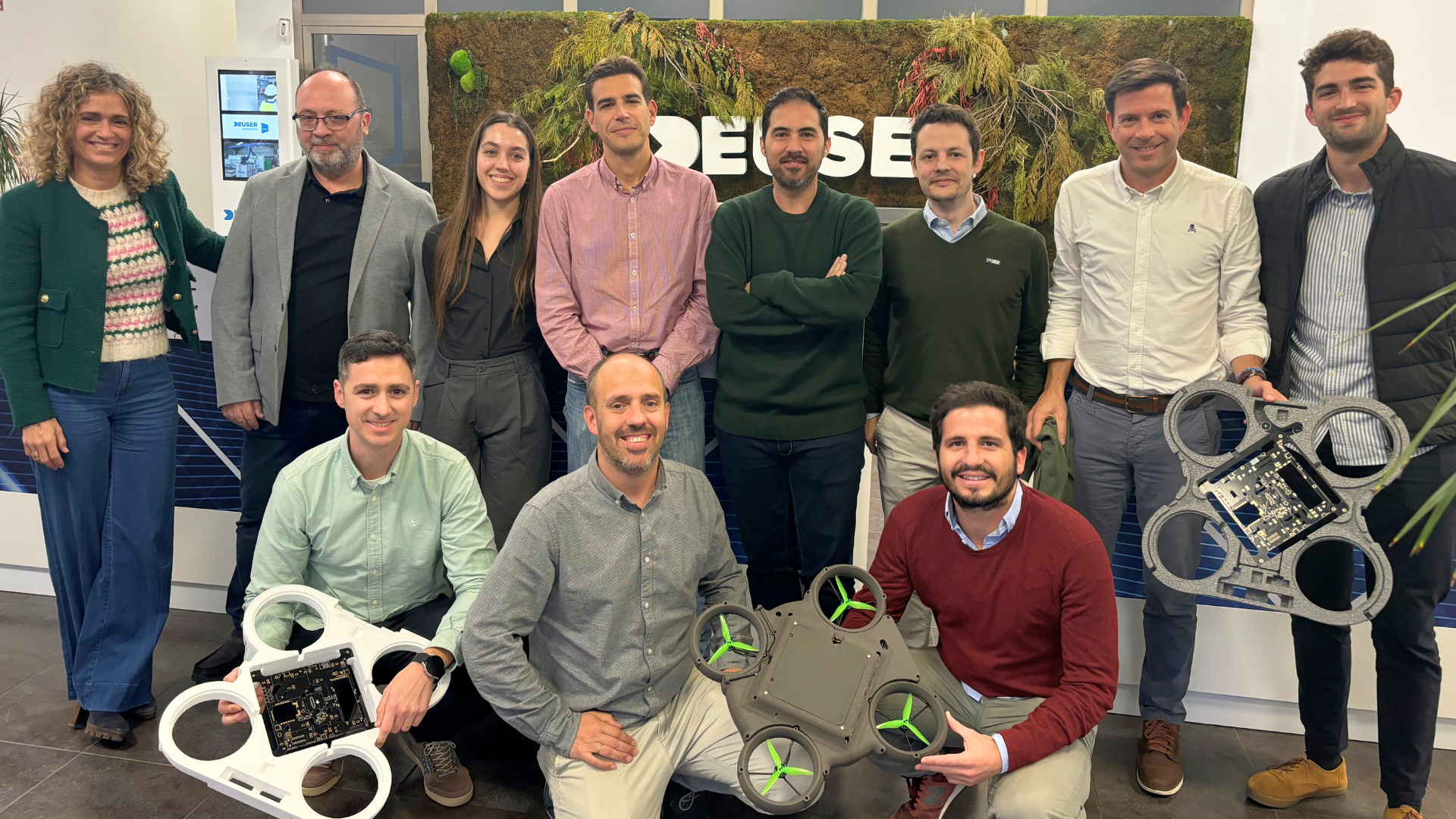The FAA (Federal Aviation Administration) from the US has recently approved the new set of regulations for UAS, known as Part 107 of Section 333 in the law ruling operations with UAS.
Part 107 permits the commercial operation of drones. According to estimations, the approval of this rule will generate great profits in the industry. In the USA, it is expected that in the next 10 years, more than 82 billion dollars will be generated and more than 100.000 new jobs will be created.
This regulation was awaited with great expectation in the USA, and it has been welcomed with a high degree of acceptance by the industry. It has also been a step forward for other countries, as the trend among international airworthiness regulations is the standardization according to FAA rules.
Requirements of Part 107 to operate a commercial UAS
The requirements of Part 107 have been designed to minimize the risks of interference by UASs in the operation of other aircraft or with overflown people and facilities. The summary of the rule can be found at this link. The main highlights are:
- It is permitted to operate only during daylight hours, from 30 minutes before the official sunrise until 30 minutes after the official sunset.
- The flight of drones with less than 55 pounds (25 kg) of mass is permitted.
- The maximum flight height is 400 feet (122 m), except for operations near structures or buildings.
- The operator must be in line of sight at all times.
- It is no longer necessary to have an operator and an observer; just one operator is enough.
- UAS are allowed to operate inside airport airspace, but only under the coordination and supervision of the control tower.
- The UAS operator needs a certification, which can be obtained with an examination similar to the one for a driving license.
- UAS must be registered; this procedure can be done telematically in just five minutes.
- It is not possible to fly over populated areas or over people not involved in the operation.
- It is not necessary to notify civil aviation authorities, or NOTAM.
In addition, if these special conditions in Part 107 are not met, there are special conditions contemplated in the regulation. In conditions like flying over populated areas, flying at night, and flying beyond line of sight (BLOS). To this end, companies can request a certificate of exemption from Part 107 or comply with Certificates of Airworthiness (COA).















